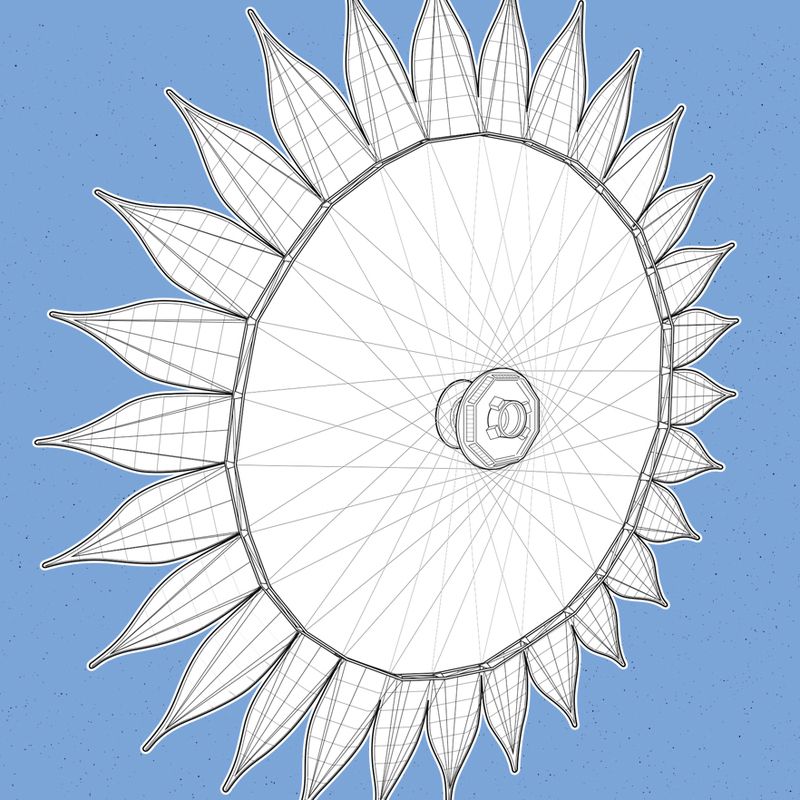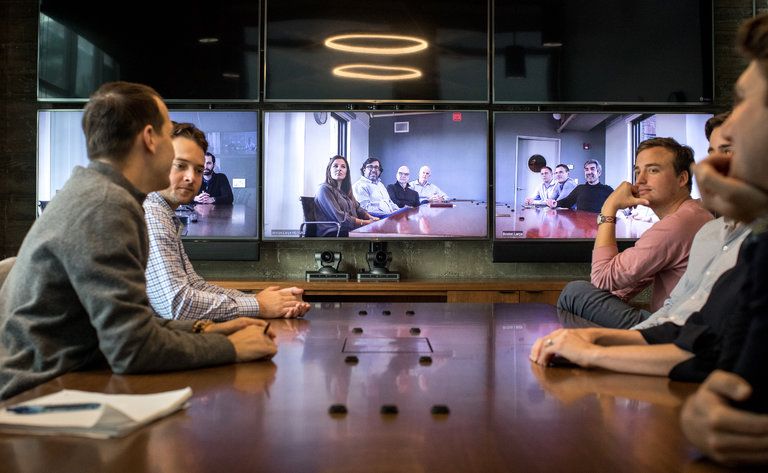A flower-like starshade could give astronomers a direct look at planets orbiting distant stars. Cathal O’Connell explains how it would work.


[Ch.19] 세상에 없는 TV 이제 시작합니다.
★홈페이지 : www.tvchosun.com

The subject of Nicotinamide Riboside (NR) has been in the new a lot lately but is all the hype justified? Find out in this scientific article on Longecity by researcher Sven Bulterijs.
Researcher Sven Bulterijs has published a scientific article about nicotinamide riboside, how it works and looking at the data behind this recently popular supplement. So does it live up to the hype? Why not check it out and decide yourself.
“The first article in my new science column takes a look at a special vitamin B3 derivative called nicotinamide riboside that was shown to slightly extend mouse lifespan.”
http://www.longecity.org/forum/blog/201/entry-3579-nicotinamide-riboside/

In Brief:
Machine learning technology in neural networks has been pushing artificial intelligence (AI) development to new heights. Most AI systems learn to do things using a set of labelled data provided by their human programmers. Parham Aarabi and Wenzhi Guo, engineers from the University of Toronto, Canada have taken machine learning to a different level, developing an algorithm that can learn things on its own, going beyond its training.
Wow! Researchers at Stanford just sent a text message using vinegar and glass cleaner, and our minds have officially blown.

“Among policy makers alert for signs of the next financial disaster, Italy’s mountain of uncollectable bank debt is a subject discussed in tones ordinarily reserved for piles of plutonium.”

In this epic, 2-part episode, we team up with Isaac Arthur to imagine how humans will colonize the inner Solar System, becoming a true spacefaring civilization.

